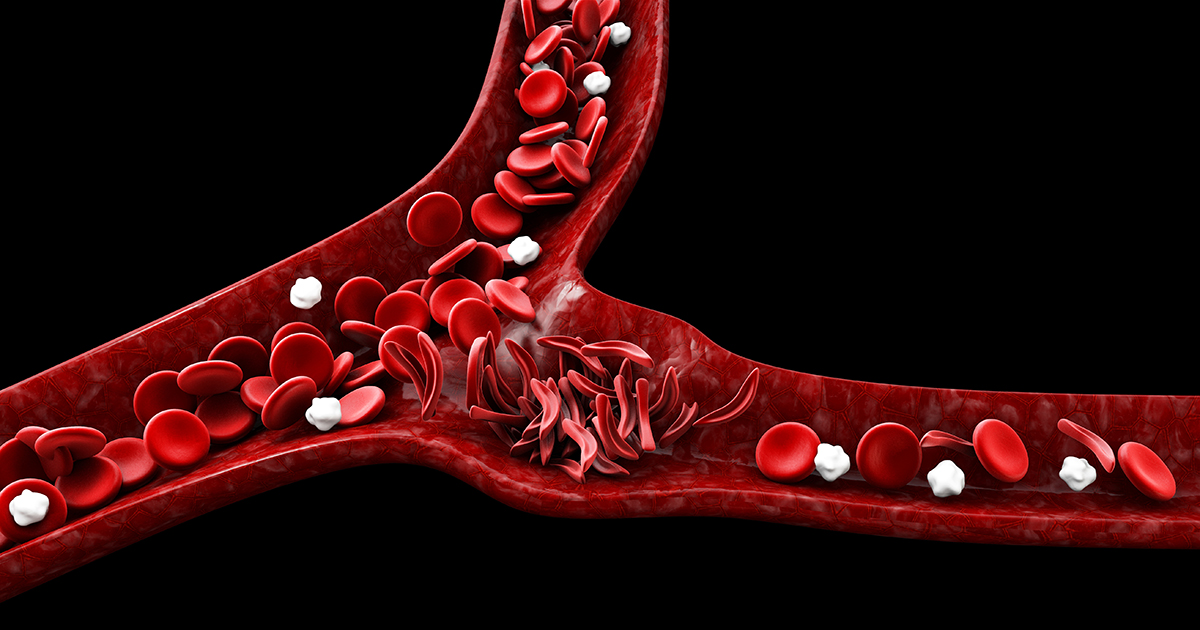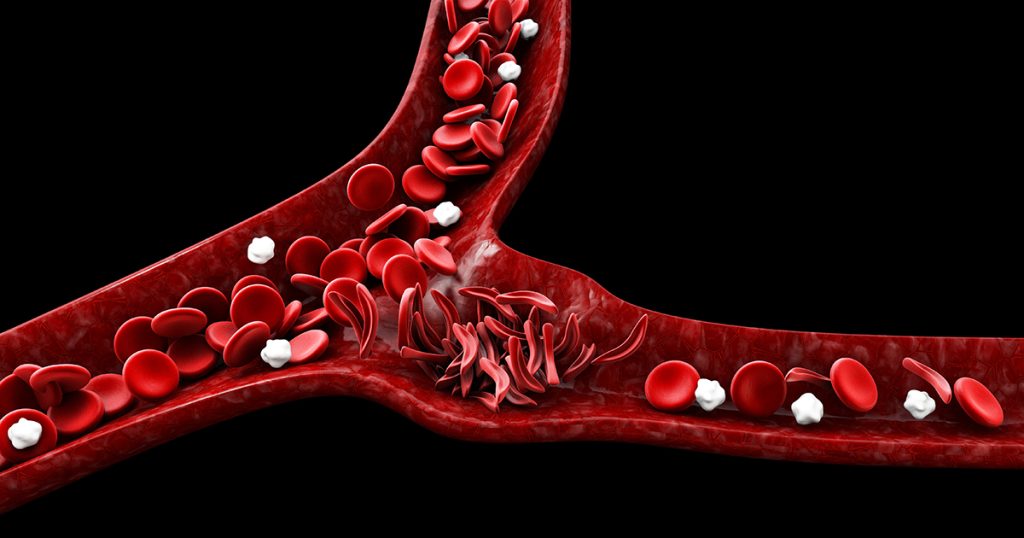
Source: Nkechi Onyedika-Ugoeze

Health experts are calling for the adoption of gene therapy as a viable, curative treatment for sickle cell disease (SCD) in Nigeria. The push comes amid staggering statistics that show over four million Nigerians live with the condition—making the country home to the world’s largest SCD population.
According to the 2018 National Demographic Survey, between 1.5% and 3% of Nigerians in different geopolitical zones are affected by sickle cell disease.
Speaking at the Global Congress on Sickle Cell in Abuja, Professor Jennifer Adair of the University of Massachusetts Chan Medical School and co-founder of the Global Gene Therapy Initiative emphasized the importance of increasing awareness and access to curative options.
“Curative therapies like gene therapy and bone marrow transplants are real possibilities for a better future,” she said. “It’s vital that Nigerians understand this.”
Dr. Alexis Thompson, former President of the American Society of Hematology, described gene therapy as promising but complex. The therapy involves altering a patient’s genetic material to correct the mutation causing sickle cell.
“Gene therapy carries risks—similar to stem cell transplants,” she explained. “These include chemotherapy-related side effects like hair loss, infections, and long-term effects such as liver abnormalities or infertility.”
Dr. Thompson also highlighted the importance of fertility preservation, recommending egg or sperm freezing before treatment.
While clinical trials have mostly included patients aged 12 to 35, Thompson noted that ongoing advancements could expand eligibility in the near future.
While the science is promising, experts agree that challenges remain in accessibility, cost, regulation, and public awareness. However, Nigeria’s medical community is optimistic that with government support and international collaboration, curative therapies will become more widely available.